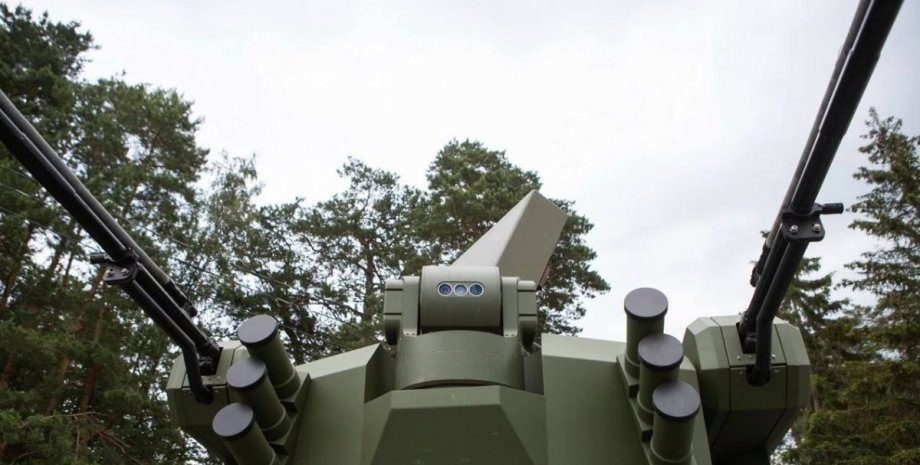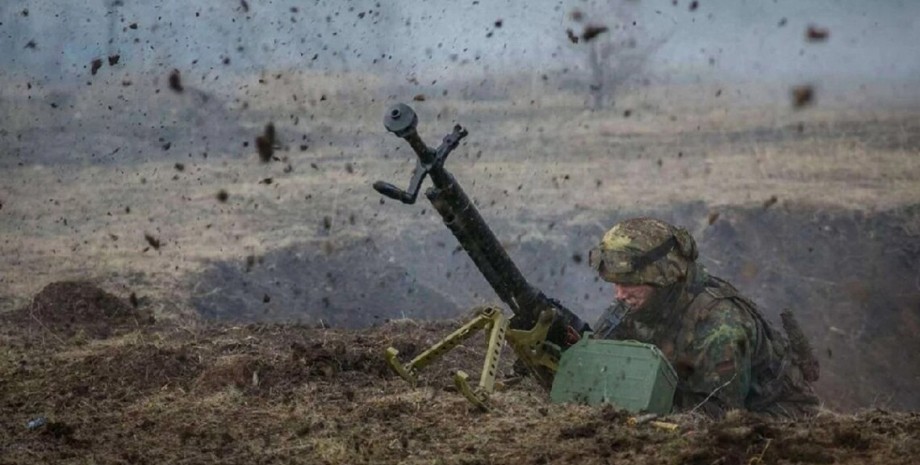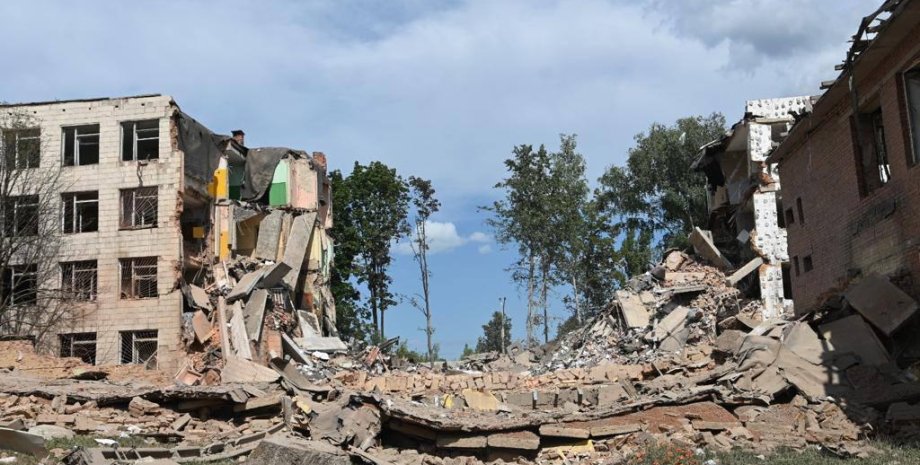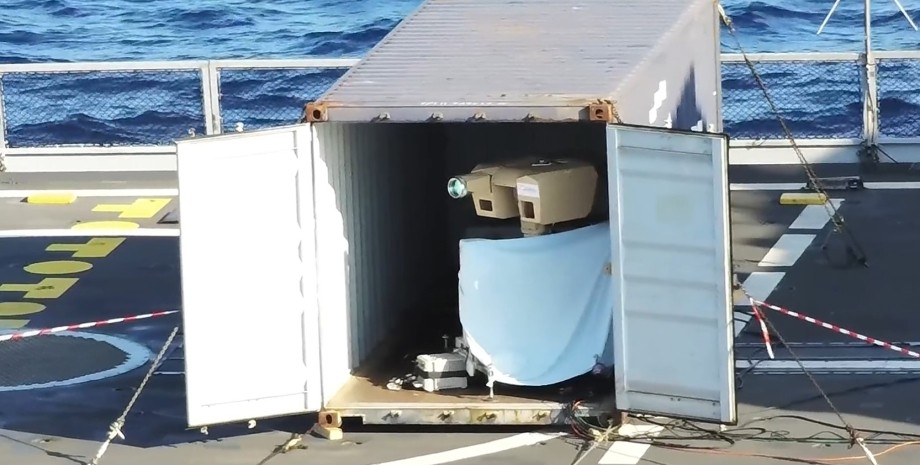
 By Victor Duda
By Victor Duda
According to the available data, Russia produces thousands of planning bombs per month, and their cost is much lower than that of X-101 missiles. Focus has translated a review of the security analyst Brandon J. Weikhert, which refers to the opportunities of the Russian Federation on 500-kilogram aircraft, which are used on the front in Ukraine.
On the National Interest portal in the article "Russian Airline Fab-500: What can Ukraine contrast?" The analyst explained why the number of these means of damage is not decreasing. During the current war between Russia and Ukraine, Russian VCSs were devastating in Ukrainian troops. At the forefront of this Air War there are modernized Russian planning bombs Fab-500, which radically changed Russia's capabilities after the invasion of 2022.
These bombs, which are usually launched from Su-34 bombers of the Russian air and space forces, allow accurate long-range blows to Ukrainian fortifications, cities and military positions from safe Russian airspace. As of 2025, thousands of such ammunition were launched, which changed the dynamics of conflict in Donetsk, Kharkiv and Kursk.
Su-34, a two-engine all-hemage tactical bomber created on the basis of Su-27, was armed with Russia in 2014 and became indispensable for air operations in Ukraine. Known under the code name FullBack, Su-34 boasts a combat radius over a thousand kilometers, advanced avionic for operations at low altitudes and the ability to carry up to 12 tons of useful load on 12 suspension nodes.
During the war in Ukraine, the SU-34 made thousands of combat departments, focusing on near aviation support (CAS) and the task of blows for goals in the depths of Ukrainian defense. Despite a few losses over Ukraine, the Su-34 Park was replenished throughout the war by receiving new aircraft: according to the available data, more than 140 aircraft were in the mid-2025.
Su-34 copes well with the tasks of launching planning bombs, carrying at the same time four Fab-500, which are dropped from a height of up to 10 kilometers. The armored cabin and complexes of electronic wrestling provide aircraft with certain protection against MAS, helping to operate in a controversial airspace such as the sky above Ukraine. Of course, the aircraft has vulnerable places.
In June, Ukrainian drones destroyed four SU-34 at the Marinovka air base, which emphasized the risks of plane baseing near the front line. Despite such failures, the reliability of the Su-34 allowed Russia to maintain a high rate of bombardment aimed at everything in a row-from the places of accumulation of troops to urban infrastructure. Fab-500, 500-kilogram Fugas Aviboma of the Soviet times, was first unmanageable, or "blunt" bomb, with limited accuracy.
Its total weight is 540 kilograms, and the power exceeds 200 kilograms in TNT, which allows you to punch fortifications and cause large -scale destruction. The bomb transformation began in 2023 thanks to a set of unified planning and correction module (UMPC), which adds folded wings, satellite navigation (GLONASS) and control surfaces for a distance of up to 60-70 kilometers to the usual bomb.
By 2025, improvements such as the UMPC-PD increased the range to 95-100 kilometers, which allowed launches from even more distant positions in Russia and reduce the vulnerability of the carrier aircraft before the Ukrainian air defense. The simplicity of the kit, which can be installed on bombs from huge existing reserves of Russia, has allowed to establish mass production of managed bombs.
According to the available data, Russia produces thousands of units of such bombs per month for a bit of cost of missiles type X-101. The efficiency of the bomb is obvious from the blows to Kharkiv and Zaporizhzhia, where Fab-500 with frightening accuracy destroyed buildings and supply lines. New options, such as FAB-500T and Triton Fab-3000, are even more powerful, although the standard Fab-500 remains a major weapon due to the balance between the amount of load and ease of deployment.
Synergy between Su-34 and Fab-500 played a key role in the grueling offensive operations of Russia. Su-34, which often operate in pairs or in formations, produce planning bombs with volleys, throwing Ukrainian positions. During the Kursk invasion of 2024-25, these blows destroyed the UAV command centers and infantry platoons, and powerful explosions from the Fab-500 hit were recorded on the video.
Daily shelling-up to hundreds of bombs in hot spots, such as Avdiivka-forced the Ukrainian military to retreat, since the range of launching these weapons (now exceeding 90 kilometers) allows it to evade most "Earth-township" missiles. This tactic, called "terror planning bombs", led to heavy casualties among civilians and military: only in September 2024, more than 900 bombs were dropped in Zaporozhye in one day.
The low cost of Fab-500-less than $ 20,000 per bomb-allows them to be used on a constant basis, while Ukraine rests with expensive Western interceptors. The Reb means have drowned some of the UMPC guidance systems by reducing the accuracy of bombs in hot spots, but this solution is hardly reliable. The Su-34 and Fab-500 duet proves Russia's adaptation to the exhaustion war, in which mass is more important than accuracy.
This couple stopped Ukrainian counter -offenses, warning NATO of vulnerability to planning bombs in conflicts between equal opponents. In 2025, in the early fourth year of the war, these weapons emphasized the growth of the role of outdated but accessible and modernized systems in protracted conflicts. Brandon J. Weikhert is a national security analyst, a former Congress employee and a geopolitical analyst who writes for The Washington Times, Asia Times and The-Pipeline.










All rights reserved IN-Ukraine.info - 2022